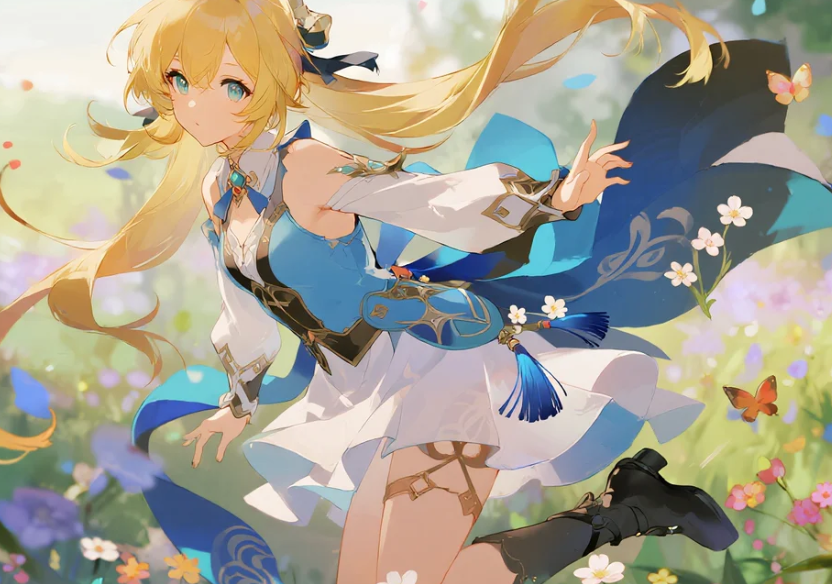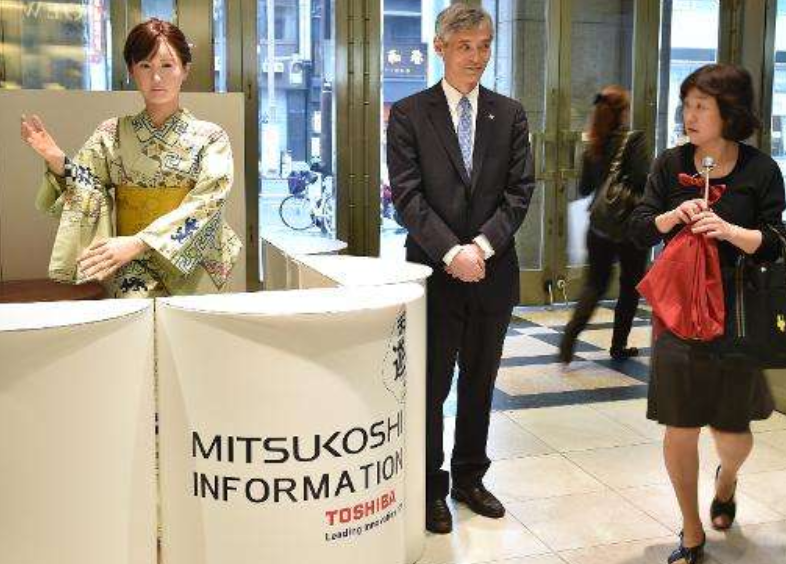Creating funny AI images has become the ultimate way to go viral on social media and bring endless laughs to your content! Whether you're looking to spice up your Instagram posts, create memes that'll have your friends rolling, or just want to explore the wild world of AI-generated comedy, learning how to make funny AI images will unlock your creative potential and help you stand out in today's crowded digital landscape. From absurd animal combinations to ridiculous celebrity mashups, the possibilities are absolutely endless when you know the right techniques and tools!
Best AI Tools for Creating Hilarious Images

The foundation of creating funny AI images starts with choosing the right platform. DALL-E 2, Midjourney, and Stable Diffusion lead the pack for generating comedy gold. Each tool has its unique strengths - DALL-E excels at understanding complex, absurd scenarios, whilst Midjourney creates visually stunning surreal compositions that often turn out unexpectedly hilarious.
For beginners, Canva's AI image generator and Bing Image Creator offer user-friendly interfaces perfect for quick comedy creation. These platforms require minimal technical knowledge whilst still producing genuinely funny results.
Step-by-Step Guide to Generate Comedy Gold
Step 1: Master the Art of Absurd Prompting
The secret to making funny AI images lies in crafting prompts that combine unexpected elements. Start with a basic subject, then add completely unrelated characteristics. For example, "a serious businessman giving a presentation to a room full of confused penguins wearing tiny spectacles" creates instant comedy through juxtaposition.
Step 2: Experiment with Unexpected Style Combinations
Mix contrasting artistic styles to amplify the humour factor. Try combining "Renaissance painting style" with modern scenarios like "cats using smartphones" or "medieval knights at a drive-through restaurant". The clash between classical art techniques and contemporary subjects often produces hilarious results.
Step 3: Utilise Exaggerated Proportions and Features
Push physical characteristics to extremes for maximum comedic impact. Request "enormously oversized eyes", "comically tiny hands", or "ridiculously long necks" in your prompts. These exaggerated features tap into our natural tendency to find disproportionate things amusing.
Step 4: Create Impossible Scenarios
Design situations that defy logic and physics. Think "elephants playing chess underwater", "gravity working backwards in a library", or "mountains wearing business suits having a meeting". The more impossible the scenario, the funnier the resulting image tends to be.
Step 5: Add Unexpected Emotional Expressions
Combine serious subjects with inappropriate emotions or vice versa. Try "angry vegetables protesting in the street", "extremely happy tax forms", or "sad pizza slices at a funeral". This emotional mismatch creates instant comedy through cognitive dissonance.
Step 6: Incorporate Pop Culture References
Blend popular characters, celebrities, or cultural references in unexpected ways. However, be mindful of copyright and respect guidelines. Focus on creating parodies or transforming recognisable elements rather than directly copying protected content.
Step 7: Refine and Iterate for Maximum Impact
Generate multiple variations of your funniest concepts. Small tweaks in prompting can lead to dramatically different and often funnier results. Save your most successful prompt formulas for future use.
Top Comedy Categories That Always Work
Animal Mashups and Hybrid Creatures
Combining different animals or giving animals human characteristics consistently produces funny AI images. Try "a giraffe wearing a turtleneck sweater", "penguins running a corporate boardroom", or "cats working as professional chefs".
Everyday Objects with Personalities
Anthropomorphising mundane items creates unexpected humour. Experiment with "angry kitchen appliances", "depressed furniture", or "overly enthusiastic office supplies having a party".
Historical Figures in Modern Situations
Place historical personalities in contemporary scenarios for amusing anachronisms. Consider "ancient philosophers using social media", "medieval knights stuck in traffic", or "cavemen dealing with modern technology".
Platform-Specific Tips for Maximum Engagement
| Platform | Best Image Style | Optimal Humour Type | Engagement Tips |
|---|---|---|---|
| Bright, colourful, high contrast | Visual puns, cute animals | Use trending hashtags | |
| Simple, clear compositions | Topical humour, memes | Time posts strategically | |
| TikTok | Vertical format, bold visuals | Absurd scenarios, trends | Create series content |
| Detailed, story-telling images | Niche references, inside jokes | Match subreddit culture |
Advanced Techniques for Professional Comedy
Layered Humour and Hidden Details
Create funny AI images with multiple levels of comedy. Include background details that reward closer inspection, such as funny signs, unexpected characters, or visual puns hidden throughout the composition.
Series and Storytelling
Develop recurring characters or themes across multiple images. This builds audience investment and creates anticipation for your next comedic creation. Consider creating "episodes" featuring the same absurd characters in different situations.
Interactive and Participatory Humour
Design images that encourage audience participation. Create "caption this" scenarios, "spot the difference" challenges, or images that invite viewers to continue the story in comments.
Common Mistakes to Avoid
Overcomplicating the Concept
The funniest AI images often have simple, clear concepts. Avoid cramming too many joke elements into one image, as this can dilute the comedic impact and confuse viewers.
Ignoring Image Quality
Even funny AI images need good composition and clarity. Blurry, poorly composed images won't get shared regardless of how clever the concept might be.
Forgetting Your Audience
Consider who will see your images and what type of humour resonates with them. What's hilarious to one demographic might fall flat with another.
Frequently Asked Questions
Which AI tool is best for beginners wanting to make funny images?
Bing Image Creator and Canva's AI generator are perfect starting points. They're free, user-friendly, and produce quality results without requiring technical expertise in prompt engineering.
How do I avoid copyright issues when creating funny AI images?
Focus on creating original concepts rather than directly copying existing characters or artworks. Use inspiration from pop culture but transform elements significantly to create something new and legally safe.
What makes an AI-generated image genuinely funny rather than just weird?
Successful comedy images typically combine familiar elements in unexpected ways, use exaggeration effectively, or create relatable scenarios with absurd twists. The key is finding the right balance between surprise and recognition.
How can I improve my prompt writing for funnier results?
Study successful funny AI images and analyse their prompts. Practice combining unrelated concepts, use specific descriptive language, and don't be afraid to experiment with completely ridiculous ideas.
Should I edit my AI images after generation?
Light editing can enhance your images, but avoid over-processing. Simple adjustments to brightness, contrast, or cropping can improve visual impact without losing the authentic AI-generated charm.
Mastering how to make funny AI images opens up incredible opportunities for creative expression, social media success, and pure entertainment value. The key lies in understanding your tools, crafting clever prompts that combine unexpected elements, and developing an eye for what genuinely makes people laugh. Remember that the best comedy often comes from the simplest concepts executed brilliantly, so don't overthink your approach. Start experimenting today with these techniques, and you'll soon be creating hilarious content that not only entertains your audience but also showcases the amazing creative potential of AI image generation technology.







